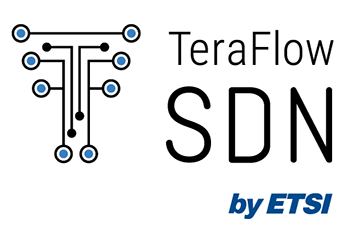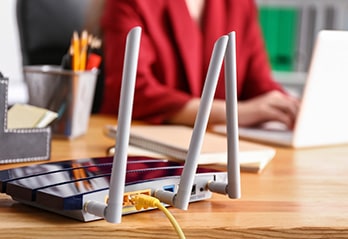New ETSI White Paper and MEC Hackathon: another step to engage with app developers and verticals
Posted by ETSI COMS TEAM 8751 HitsNew ETSI White Paper and MEC Hackathon: another step to engage with app developers and verticals
Sophia Antipolis, 16 June 2022
The ETSI MEC (Multi-access Edge Computing) group is pleased to announce a new White Paper which aims to describe the deployment options related to MEC federation, especially from an architectural point of view. With a key focus on ETSI MEC implementations, it also aims to provide an open approach taking into account other standards and technologies, including those from 3GPP SA Working Group 6 and GSMA OPG. For this purpose, the White Paper first analyses the recent publications of GSMA OPG and recent updates in ETSI MEC and 3GPP specifications, then introduces the synergized architecture supported by both standards organizations, which indicates the background information for the deployment of MEC federation harmonized standards for edge computing.





